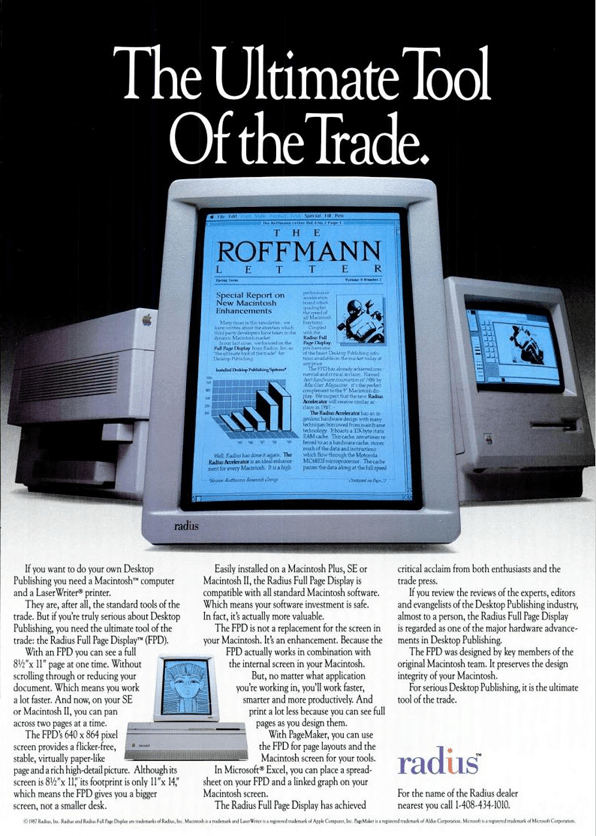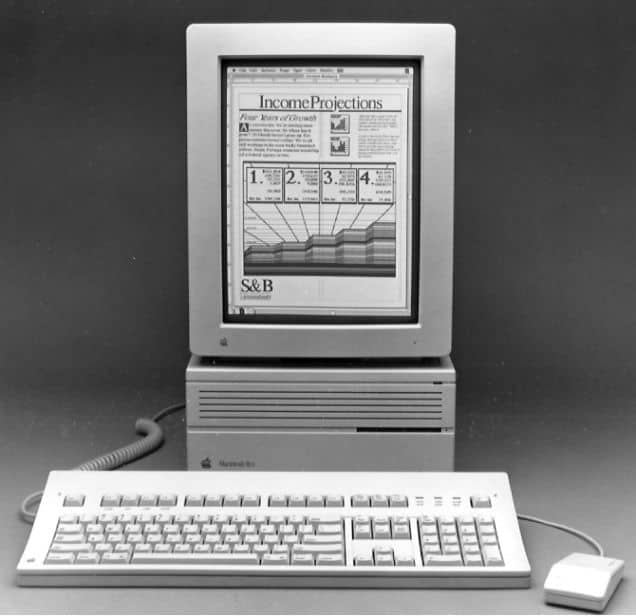[ad_1]

Samsung La compañía anunció en su foro comunitario que las nuevas funciones presentadas con Galaxy Z Fold 6 y Flip 6 también se incorporarán a otros teléfonos inteligentes Galaxy, incluida la serie Galaxy S23, Galaxy Z Flip 5, Fold 5 y modelos anteriores. Funciones como Portrait Studio, Sketch to Image y Translate Overlay funcionan con Inteligencia artificial galaxia – un grupo de inteligencia artificial (Inteligencia Artificial) para smartphones Samsung.
Samsung lanzará la tecnología Galaxy AI en teléfonos inteligentes más antiguos
en correo En el Foro de la Comunidad Samsung en Corea del Sur, Samsung anunció que traerá las funciones Flex Camcorder y Auto Zoom, que debutaron con el Galaxy Z Flip 6, a Voltear 5 Además, la función Instant Slomo estará disponible en los teléfonos plegables lanzados el año pasado. Galaxia S23 serie, y Galaxy Tab S9 serie.
Además de las funciones centradas en la cámara, Samsung ofrece funciones Portrait Studio, Live Effect, Sketch to Image y Motion Clipper. Galaxy Z Fold 4, Voltear 4 Además, la función Galaxy Photo Editor y Overlay Translation también estarán disponibles en los modelos mencionados anteriormente.
Samsung dice que su función Astro Portrait llegará al Galaxy S23 y Galaxia S24 Cuerda también.
Si bien Samsung ahora ha anunciado la fecha de lanzamiento, se espera que estas nuevas funciones formen parte de la actualización One UI 6.1.1 que Samsung presentó con Galaxy Z Fold 6 Y Voltear 6 Está previsto que la actualización llegue a los teléfonos inteligentes Samsung más antiguos durante el evento Galaxy Unpacked el 10 de junio. Está previsto que la actualización llegue a los teléfonos inteligentes Samsung más antiguos en las próximas semanas.
Samsung planea lanzar teléfonos inteligentes con inteligencia artificial
Este desarrollo se produce a la luz de… Informes En declaraciones a Australian Financial Review, TM Roh, jefe de experiencia móvil (MX) de Samsung Electronics, dijo que la compañía de tecnología surcoreana se está centrando ahora en fabricar nuevos teléfonos inteligentes con tecnología de inteligencia artificial que “podrían ser radicalmente diferentes de los teléfonos Samsung existentes”.
El funcionario de Samsung señaló que la “parte del león” de los esfuerzos de I+D también se dirigió al desarrollo de estos nuevos dispositivos.
[ad_2]
Source Article Link



 March 7, 1989: Apple introduces the Macintosh Portrait Display, a 15-inch vertical grayscale monitor designed to show full pages on a single screen. Intended for word processing and desktop publishing, the $1,099 monitor (plus $599 for an additional video card to run it) works with any Macintosh.
March 7, 1989: Apple introduces the Macintosh Portrait Display, a 15-inch vertical grayscale monitor designed to show full pages on a single screen. Intended for word processing and desktop publishing, the $1,099 monitor (plus $599 for an additional video card to run it) works with any Macintosh.
